Hyderis is a land far removed from the civilized western kingdoms of the west. It is a land of plains of scrub grass, of low, rolling hills, of blowing winds and steel grey skies. The people here have learned to be strong to survive among marauding goblin tribes between the Direfrost Mountains and the frigid Northern Sea. Hyderians are a proud people, nomads by tradition but having carved out a few glittering walled cities that are both beautiful and heavily fortified. People from the west find them rough, unkempt, brash, even vulgar. But Hyderians are fierce and brag of their hot blood and their solemn oaths.
Maps
Hyderis is circled in red, the western kingdoms in blue. The lands between were once great kingdoms, but fell to dark powers and are savage wild lands now filled with armies of orcs and dangerous monsters.


Women’s attire
Women of Hyderis are considered tough and resourceful, but in a land of grim terrain they find a way to capture beauty where they can. Furs and fur trim, head pieces, embroidery, fine metalwork adornments. These are elements I can see working towards the overall look.
My first stabs at this were to try and use terms for the articles of women’s clothing from the Ottoman and the Slavic sources (see brief passages at bottom of page). But as I started perusing Cossack, Russian, and Scythian terms I realized I should probably just steer clear of colorful language and just try to describe the fashion in standard terms.
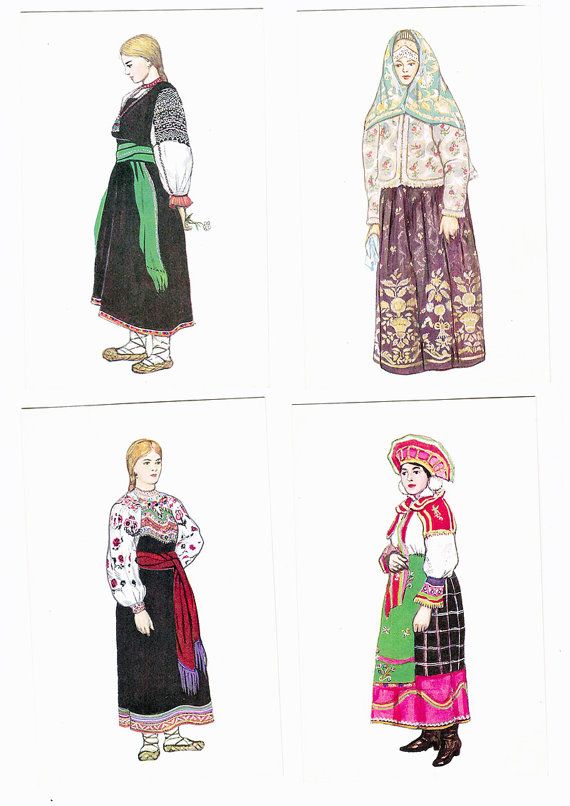
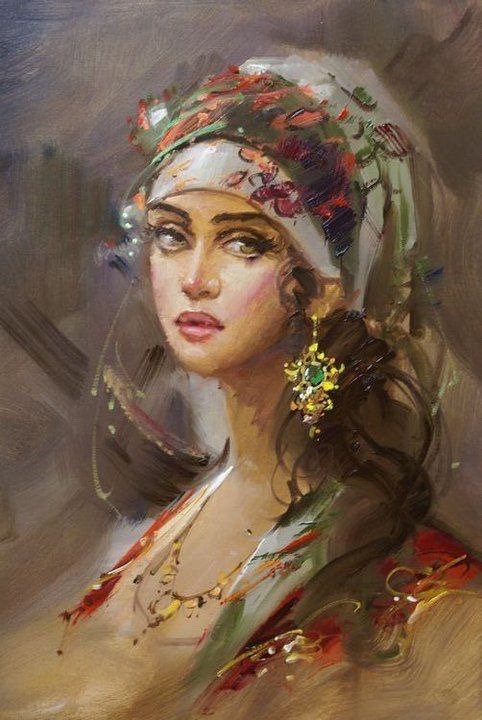
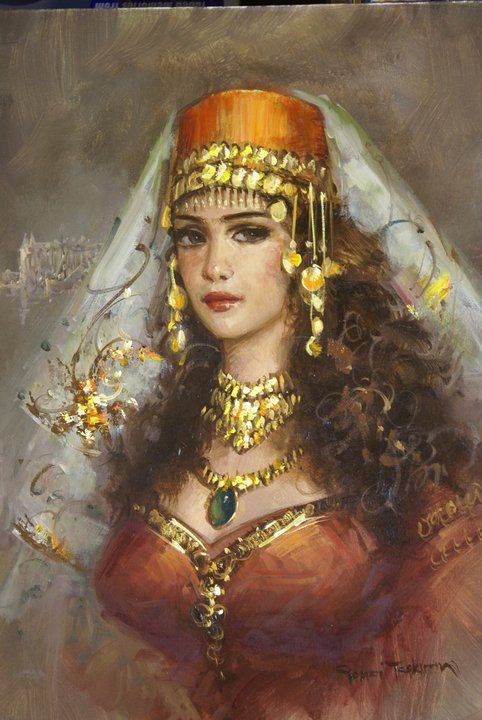
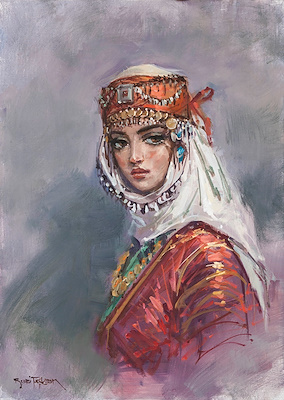

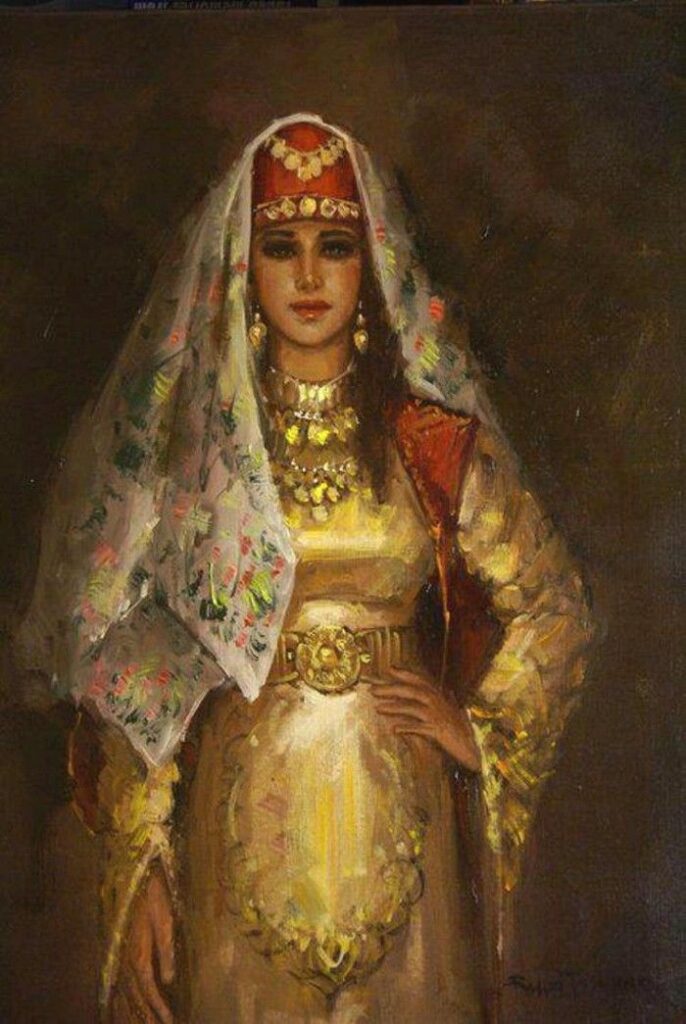

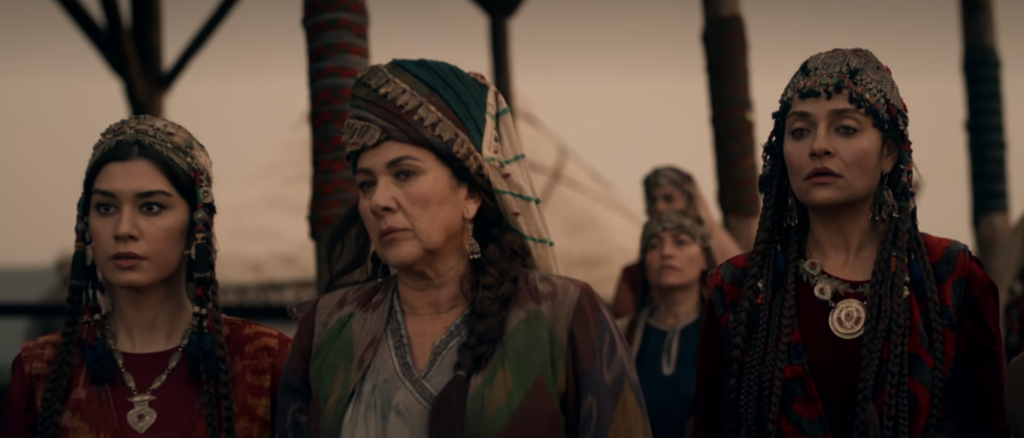
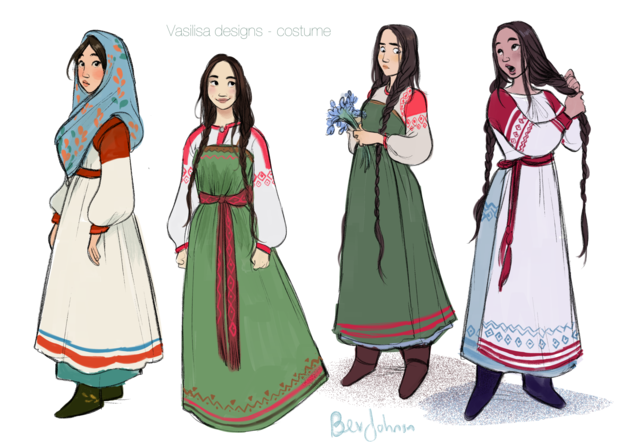

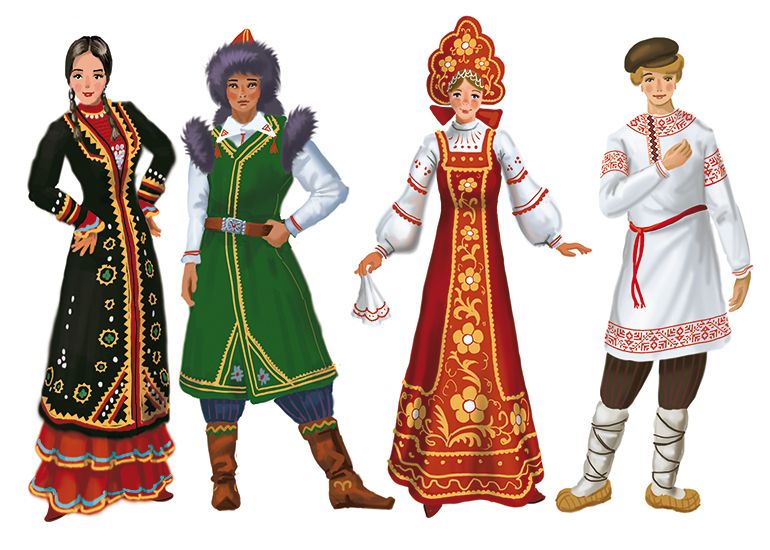

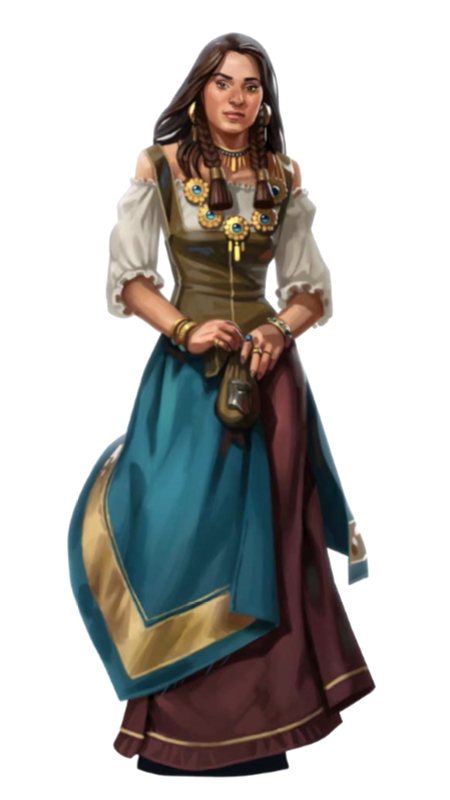
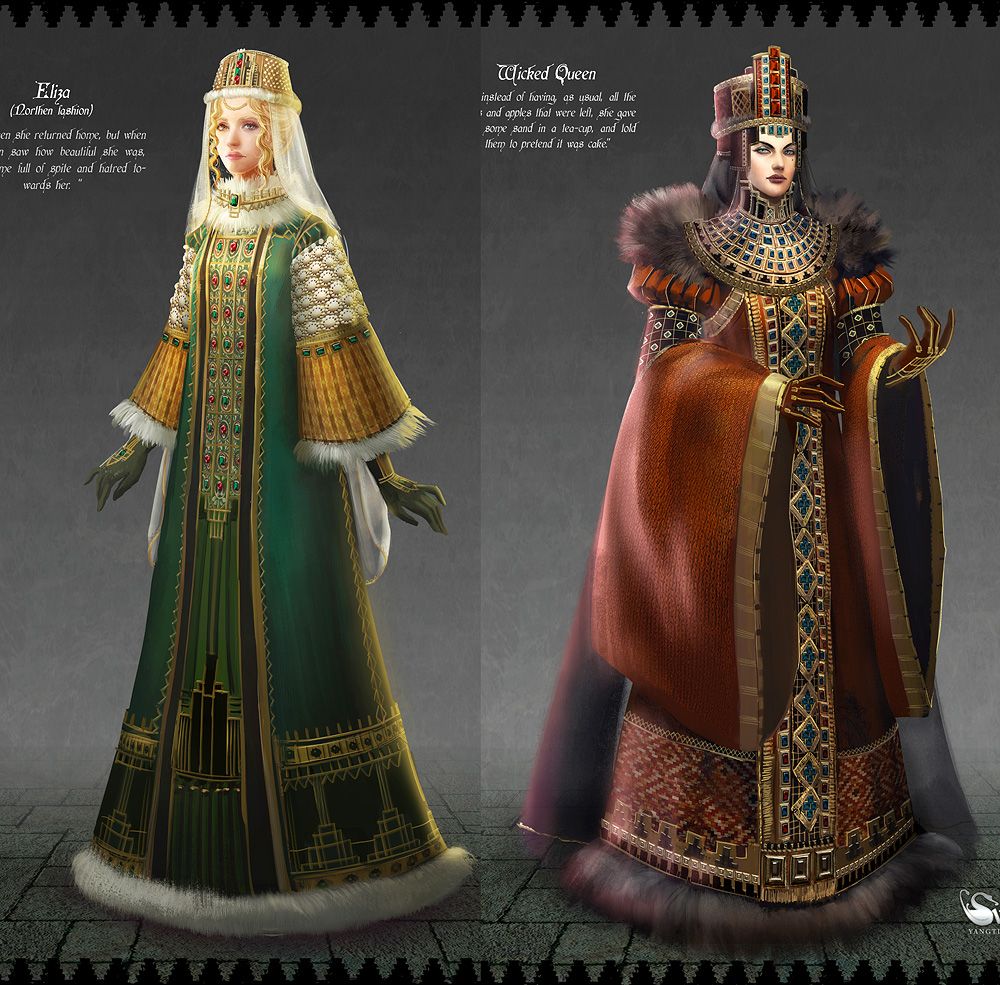


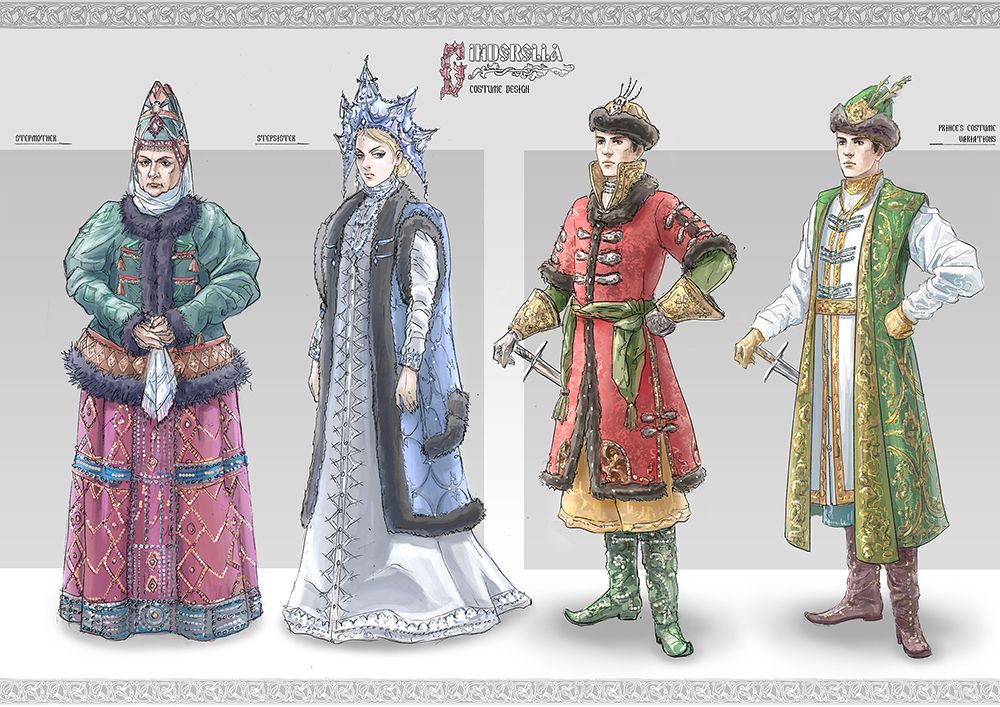
Cossack influence

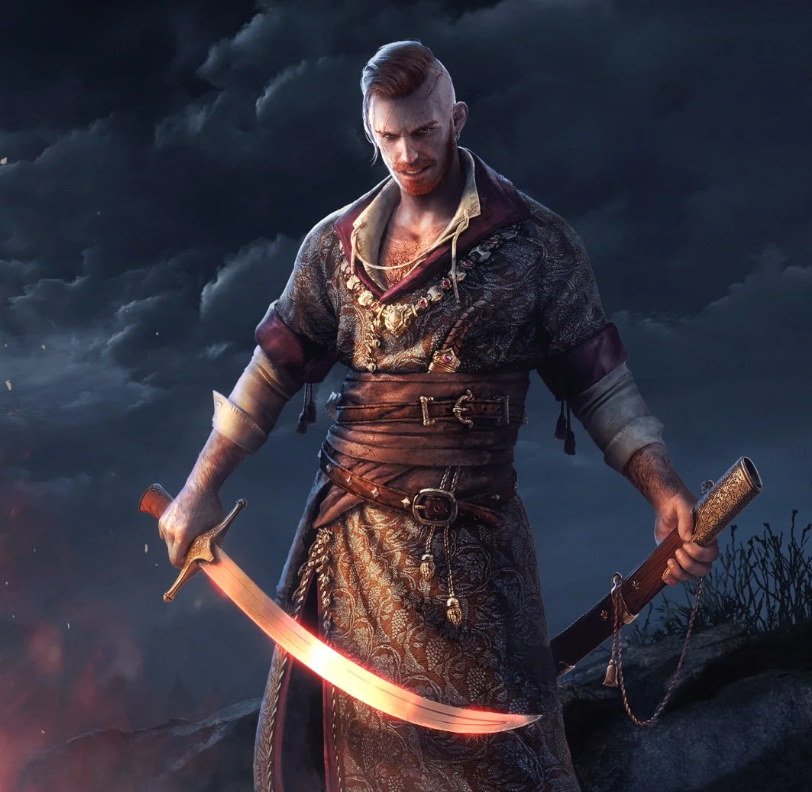
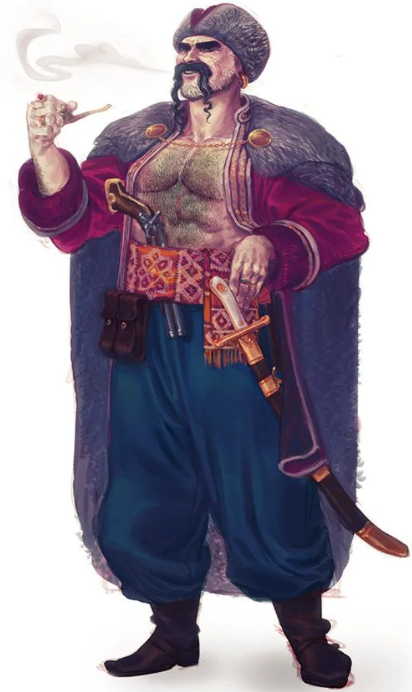


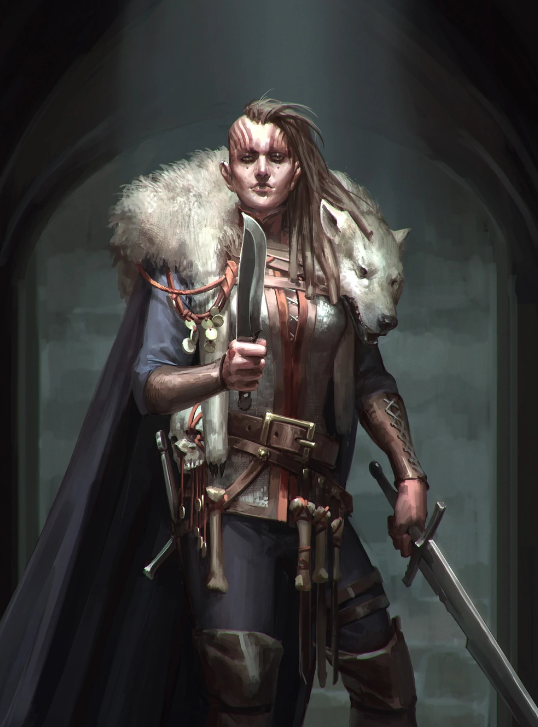
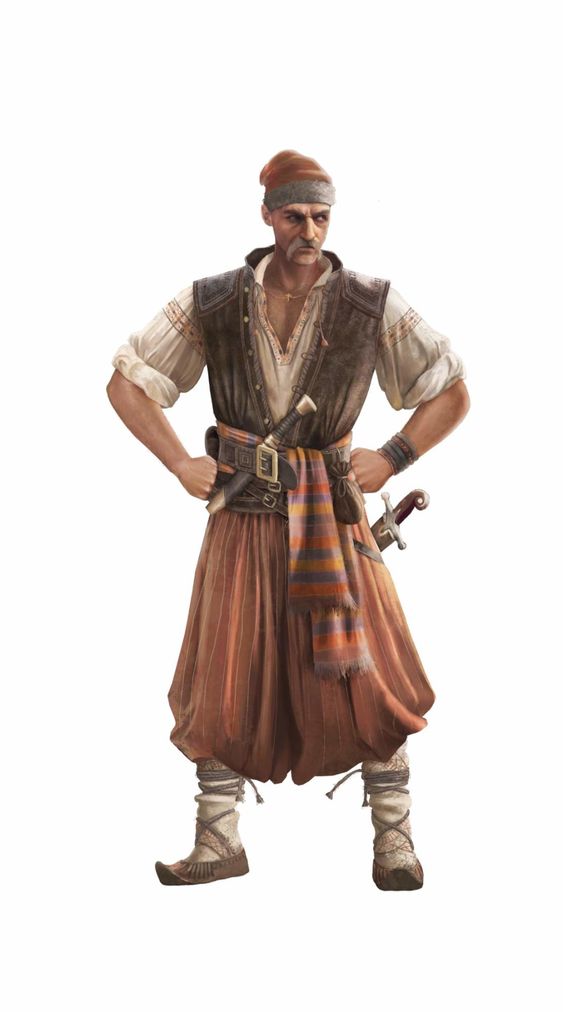

Miscellaneous / Fantasy elements
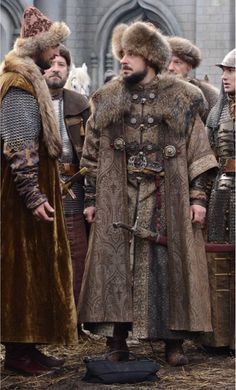
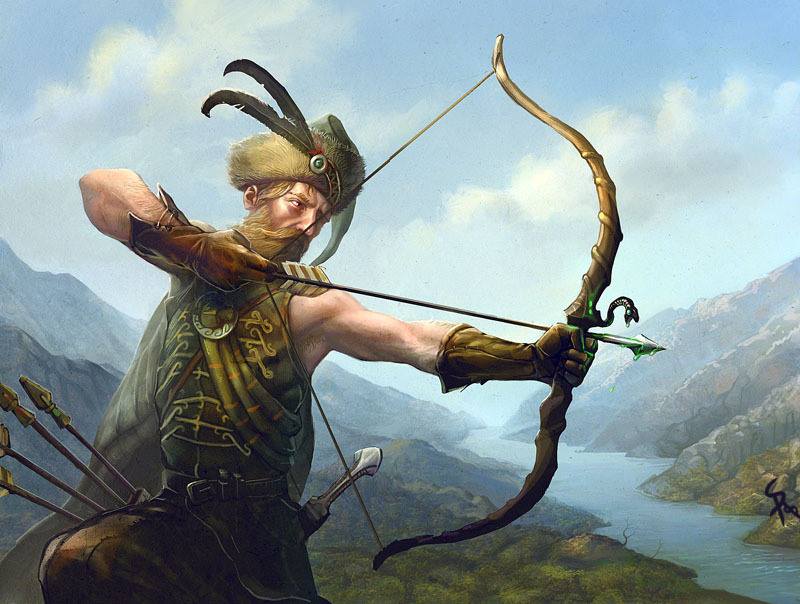
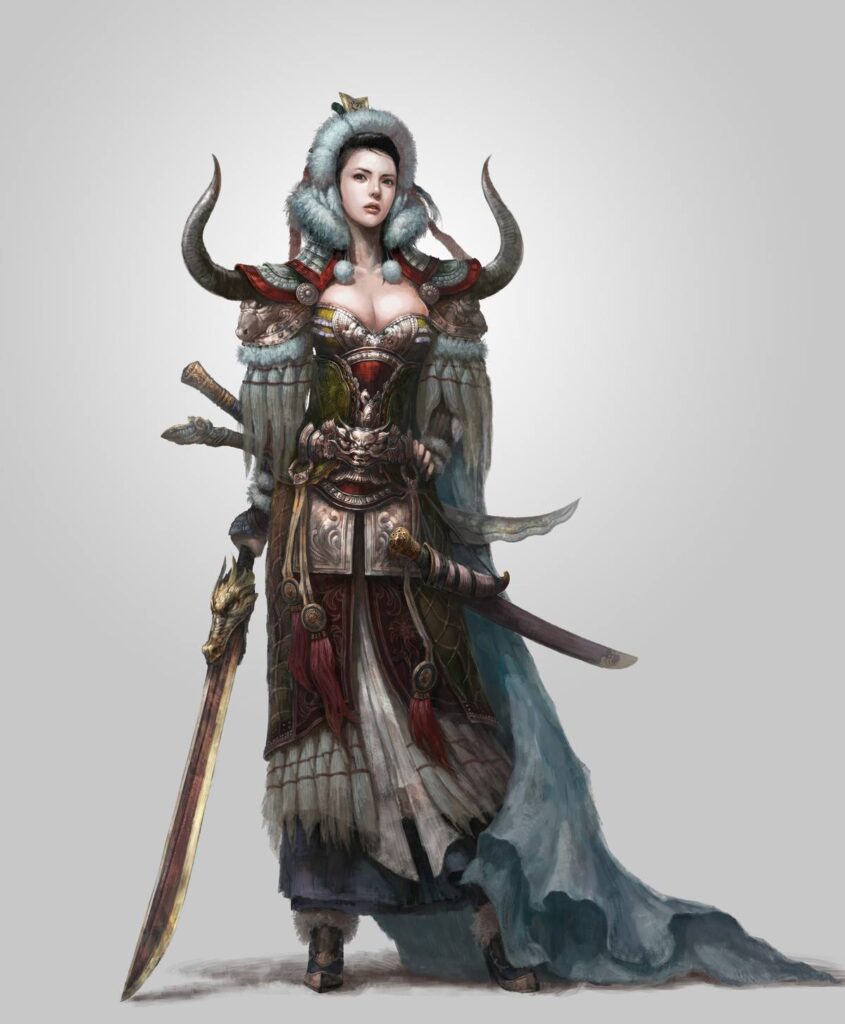
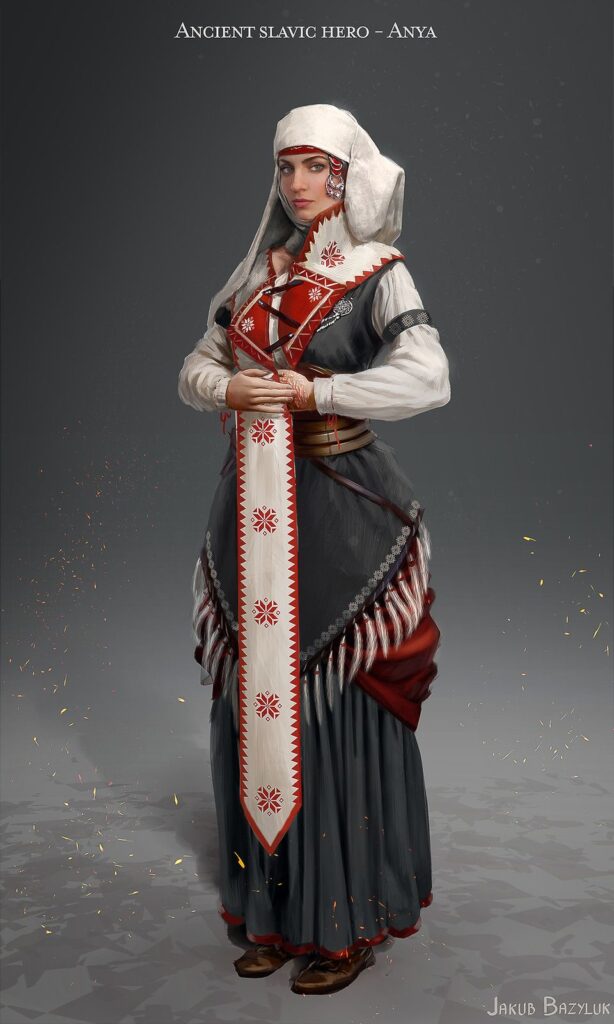



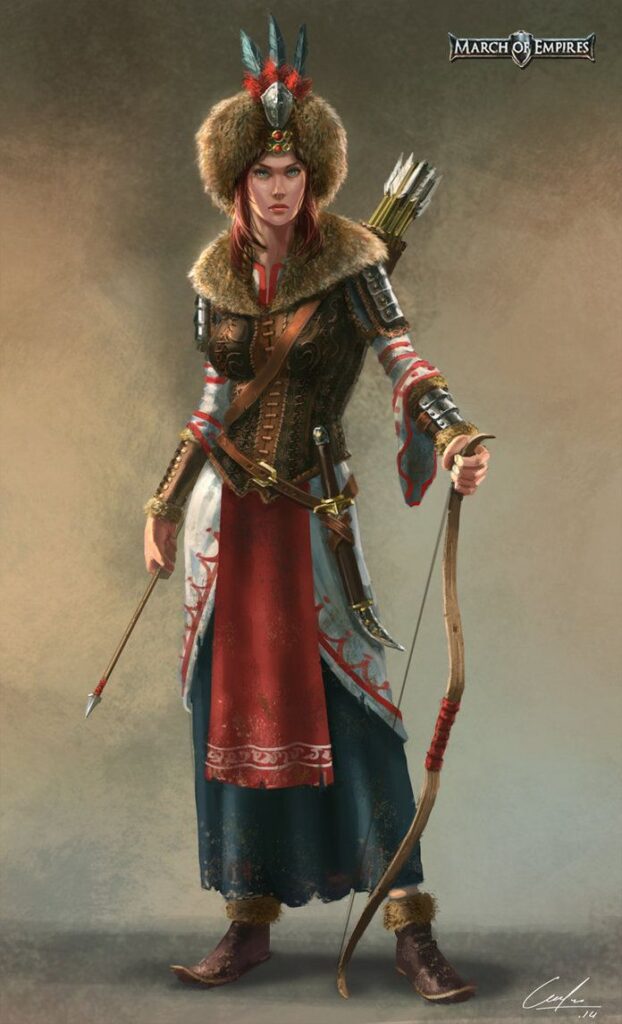
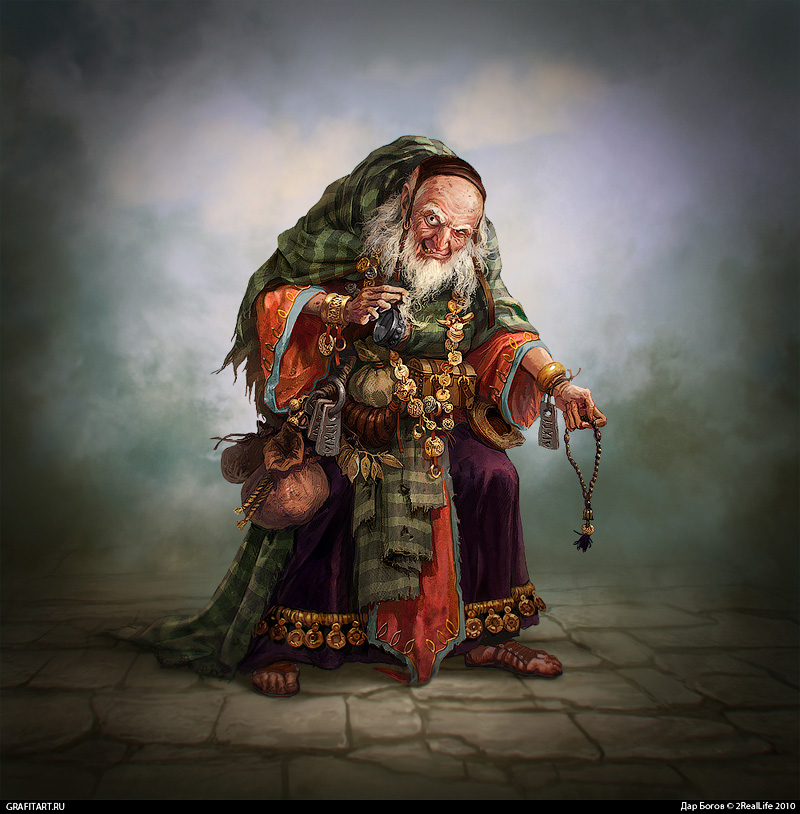
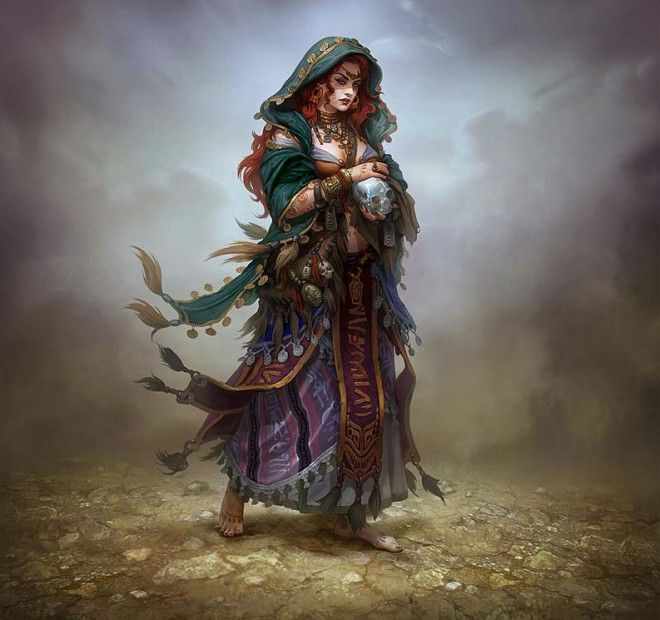
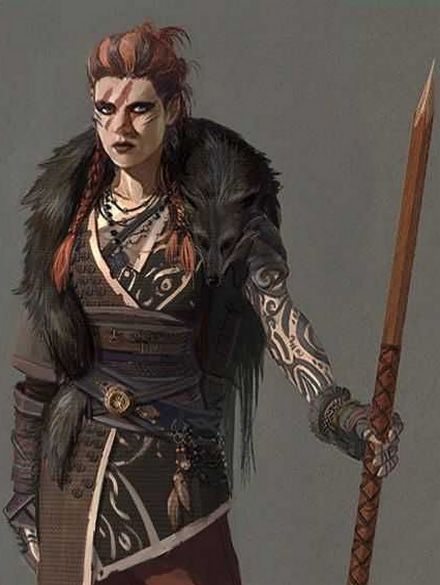

Arms and Armor
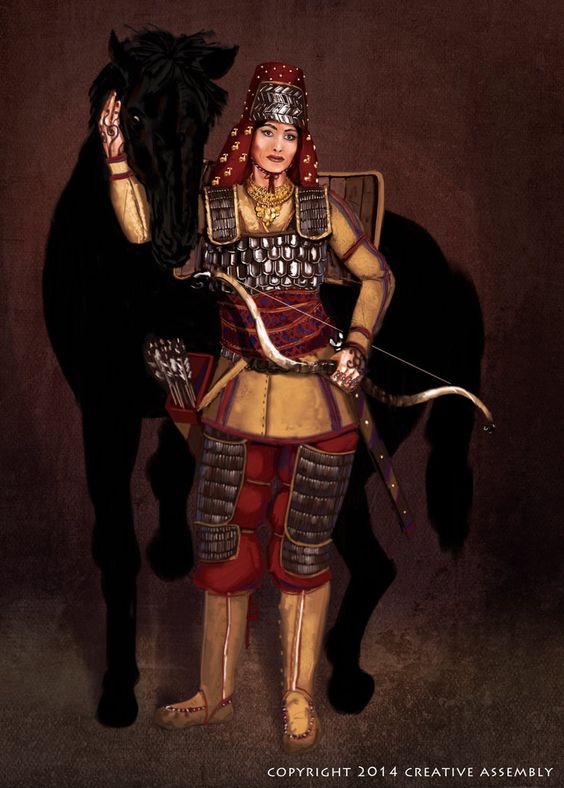
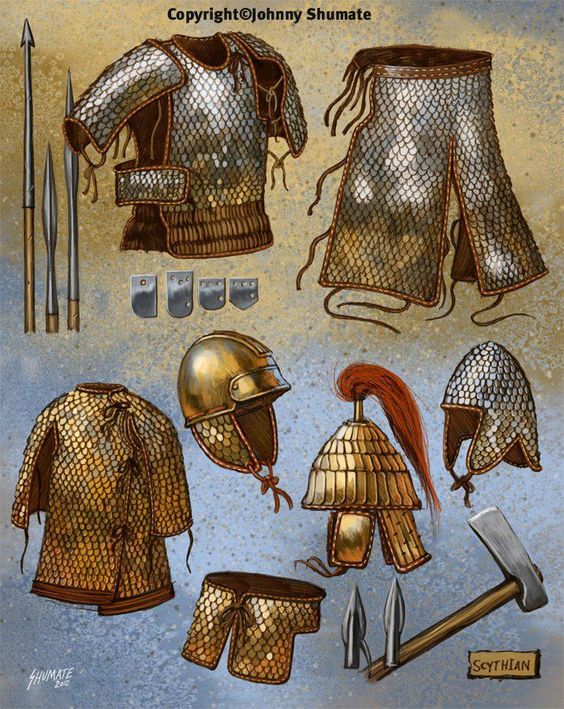


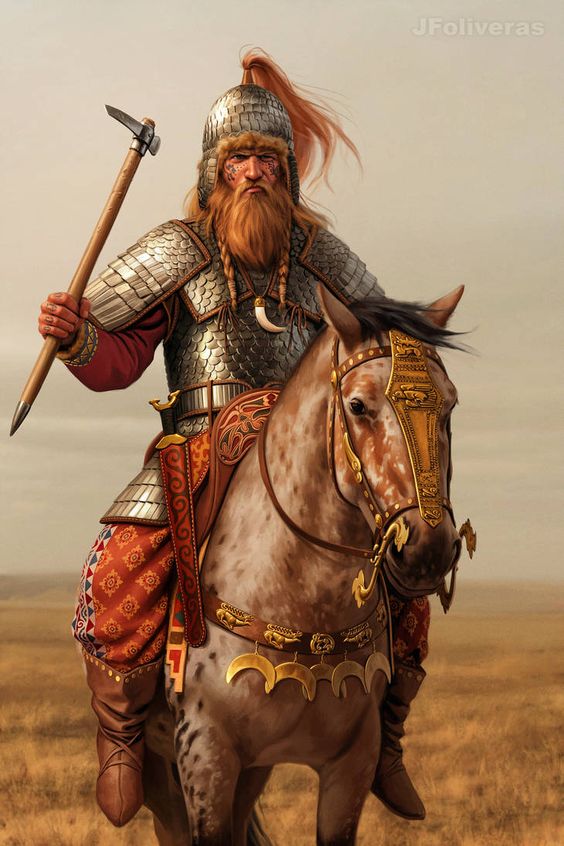
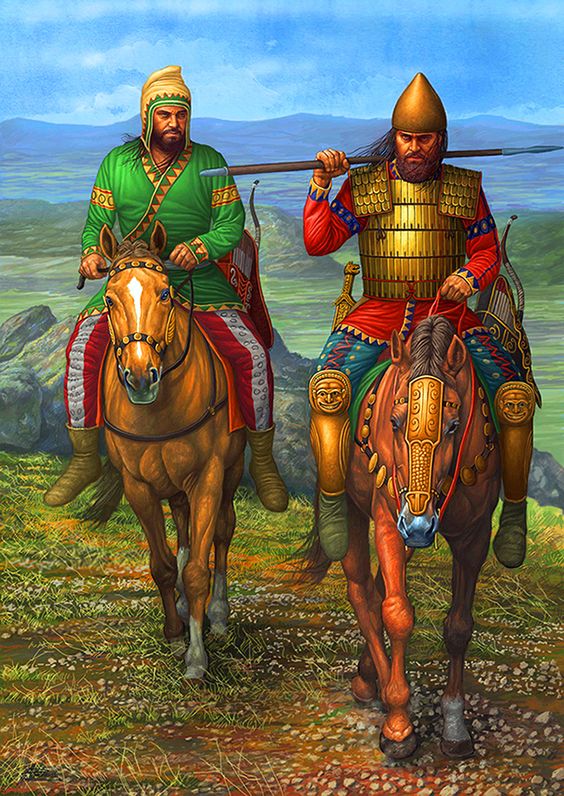



Ottoman influence
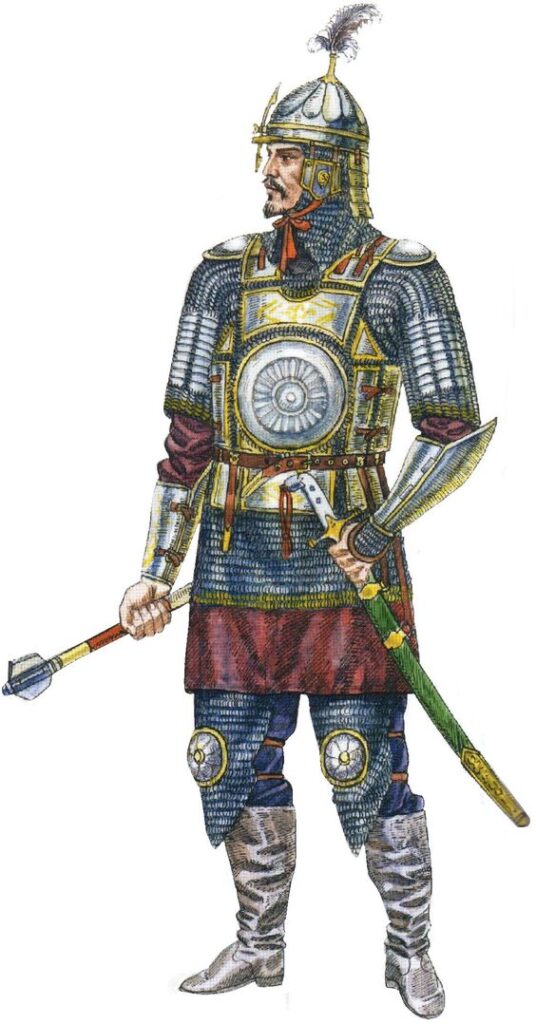
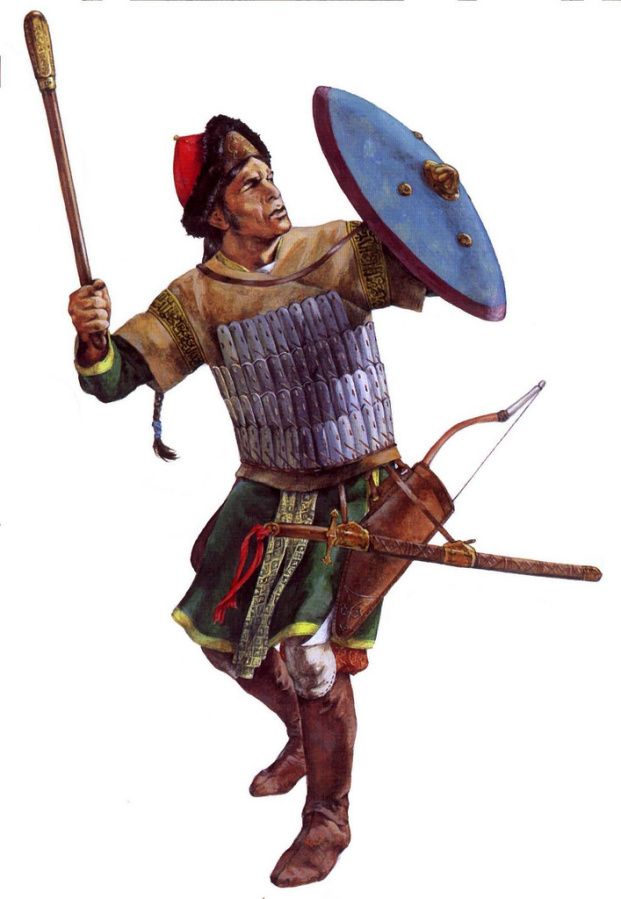

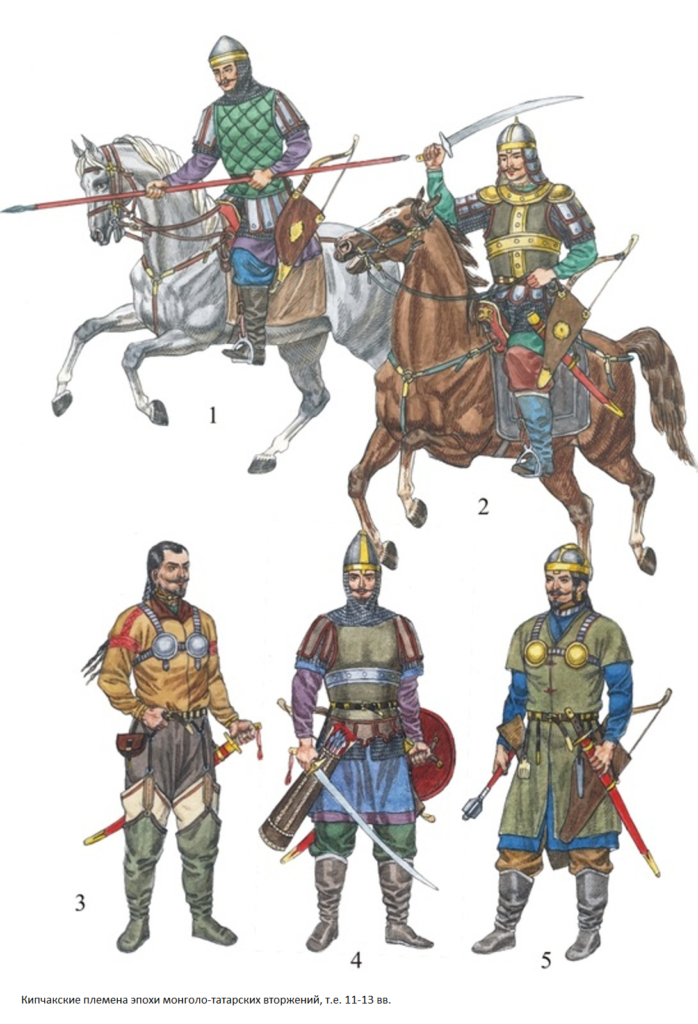
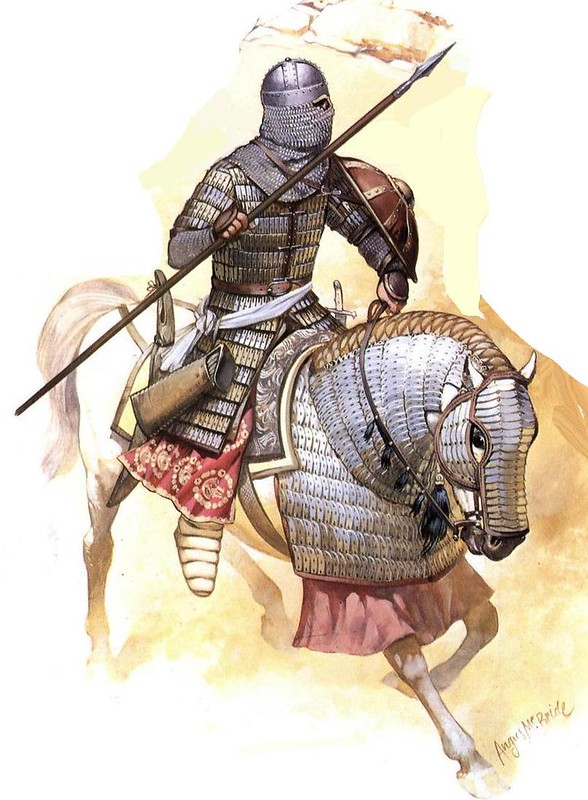
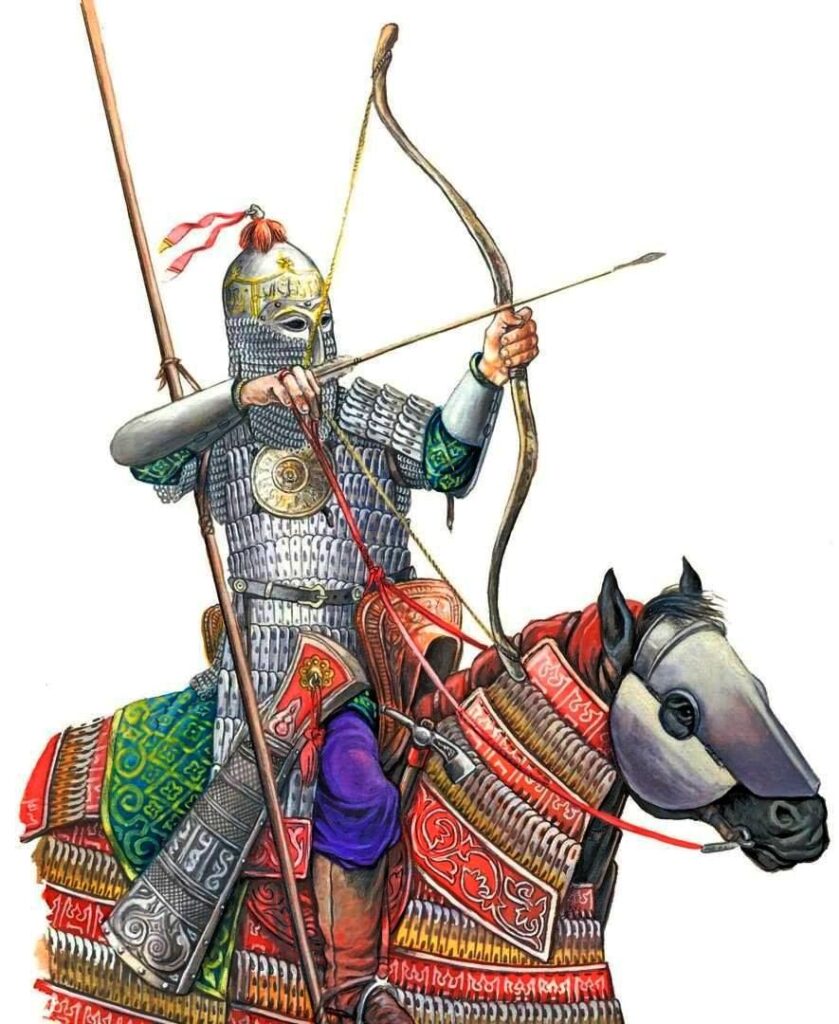


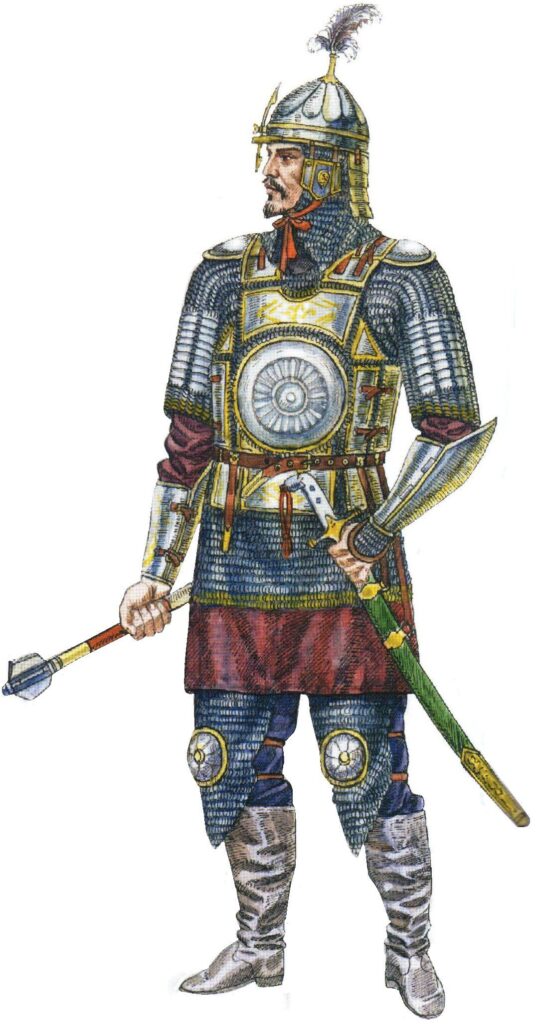
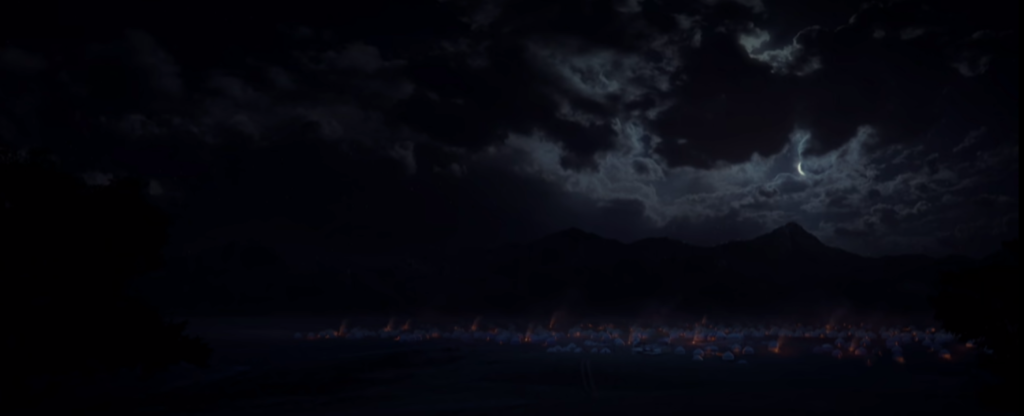
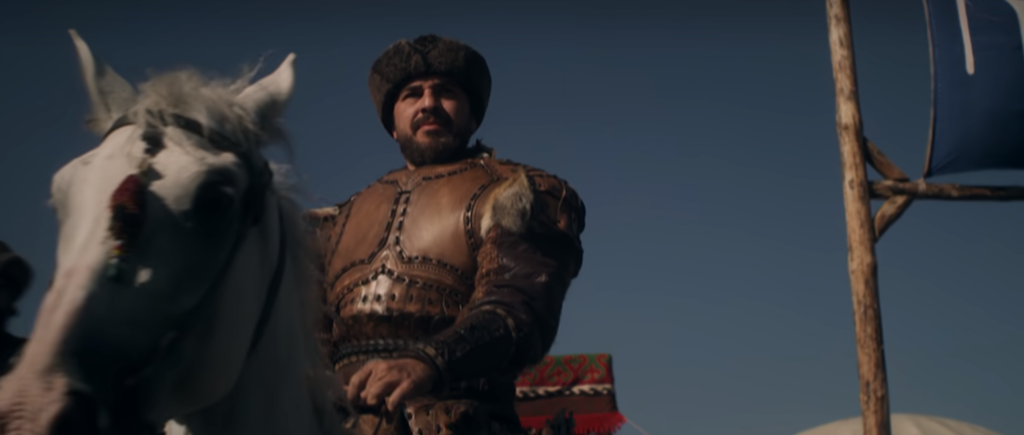

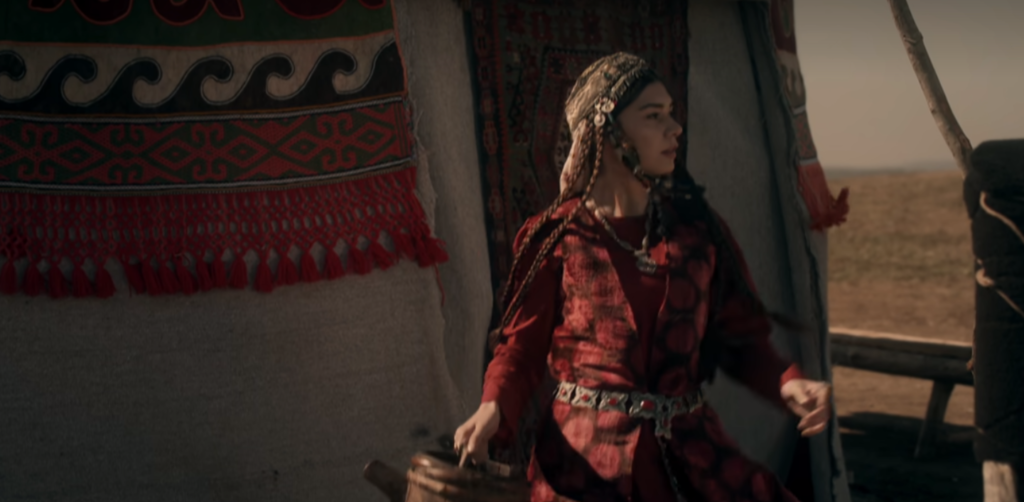
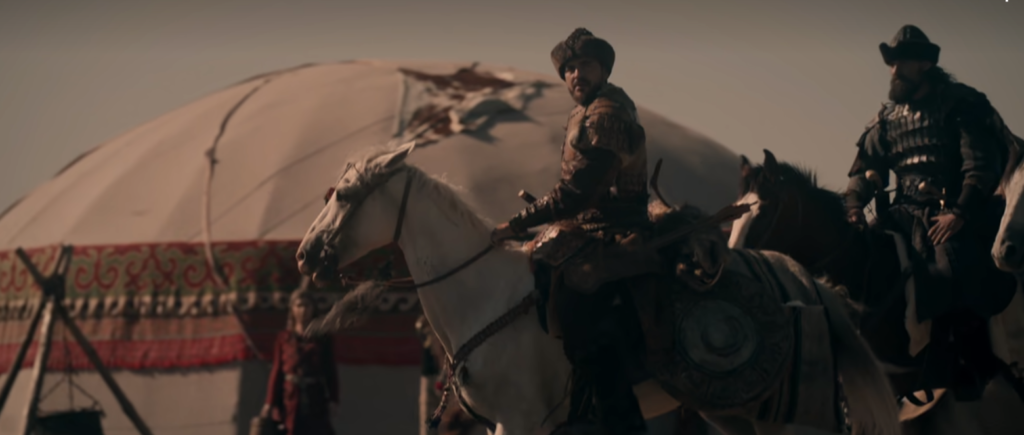

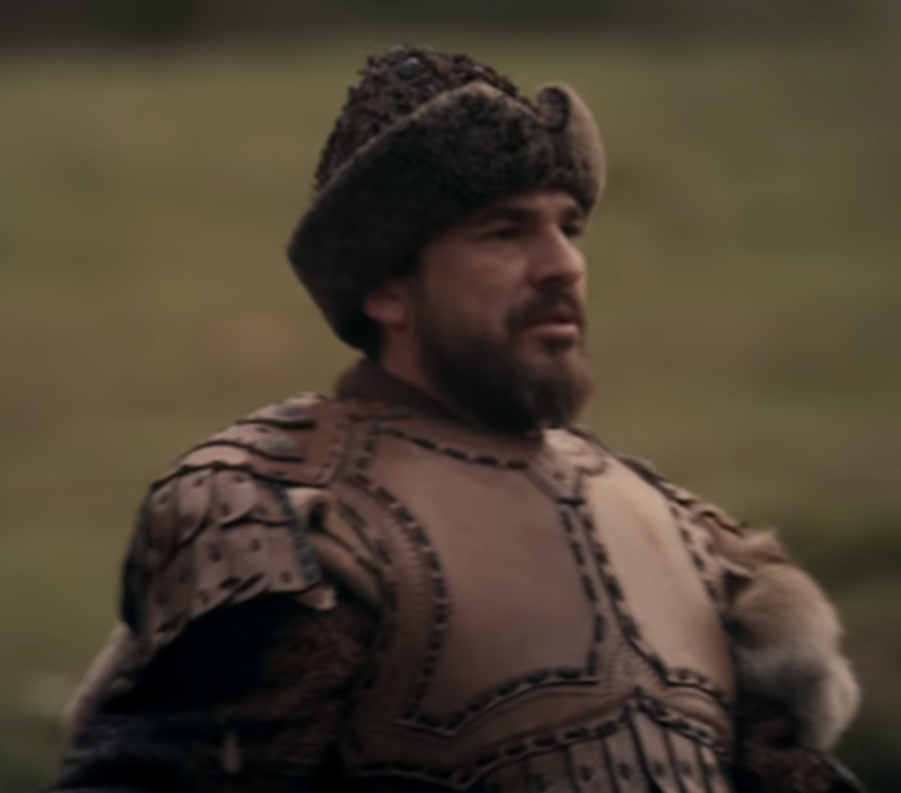

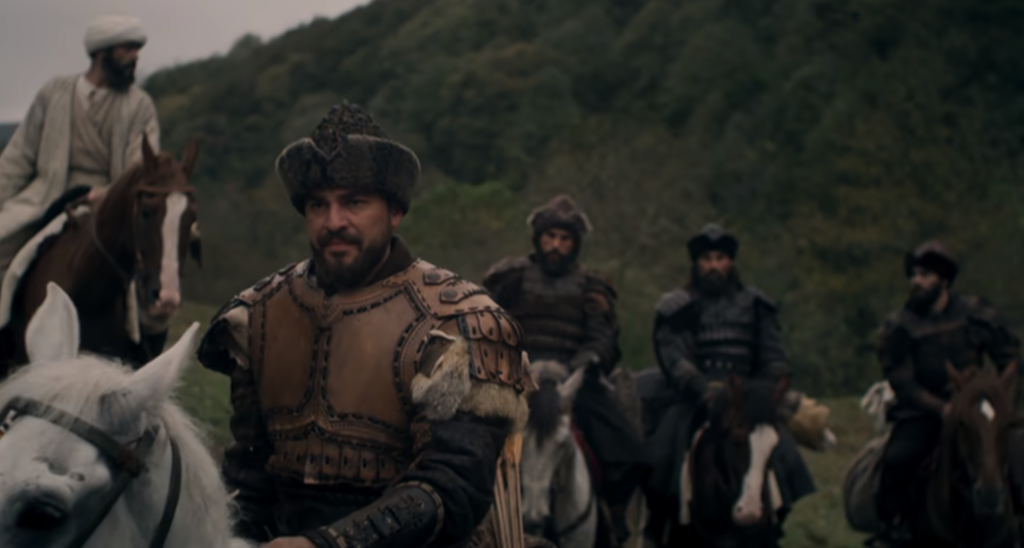
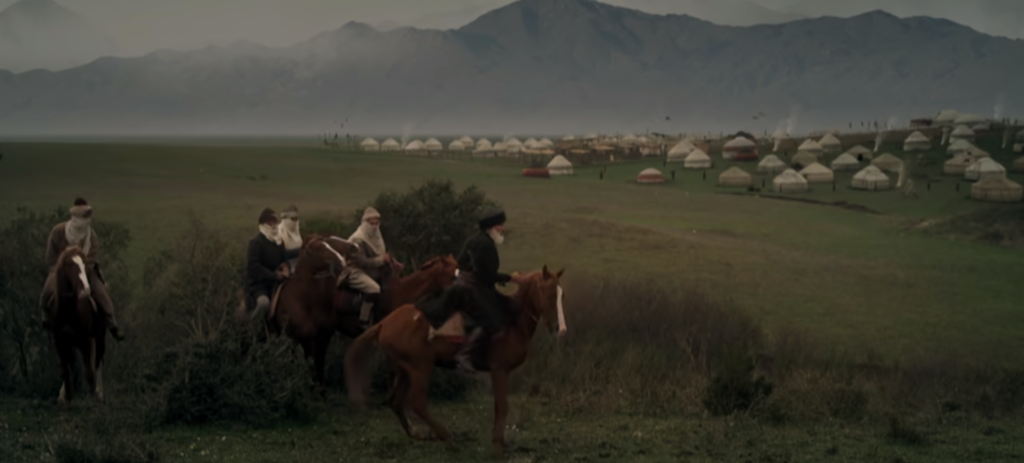

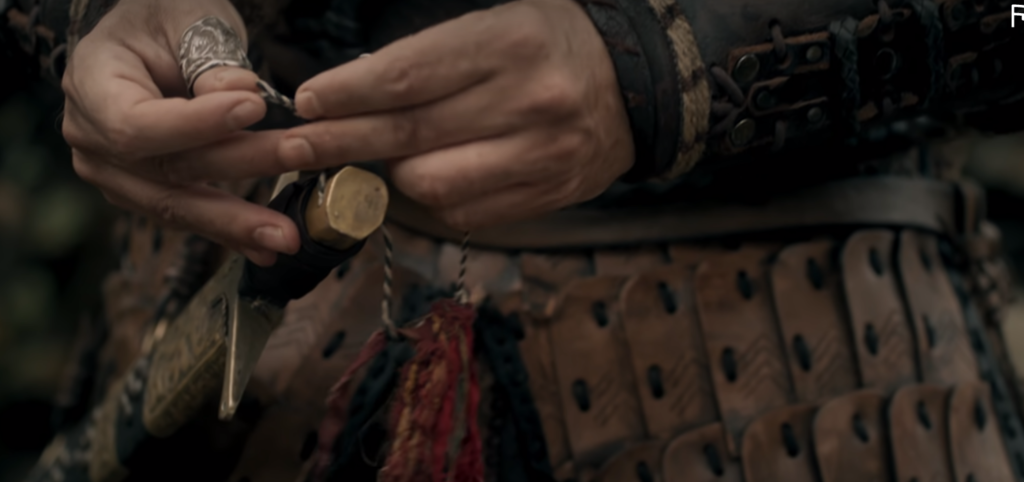
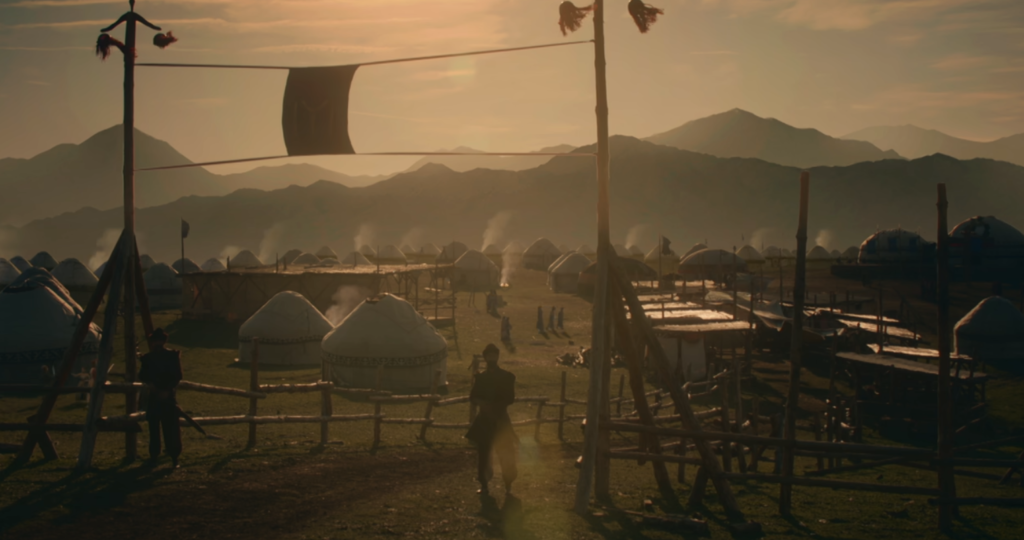


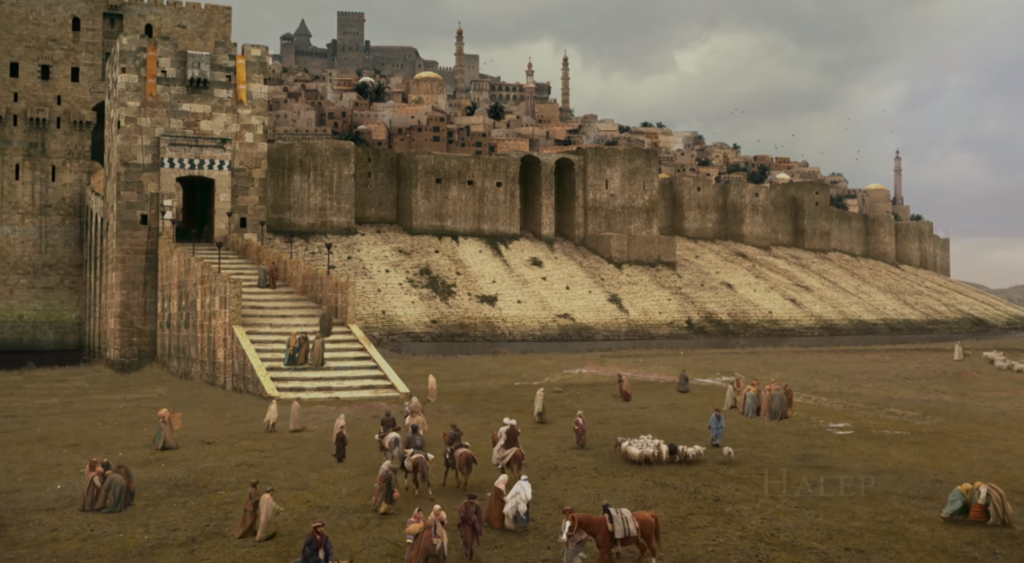


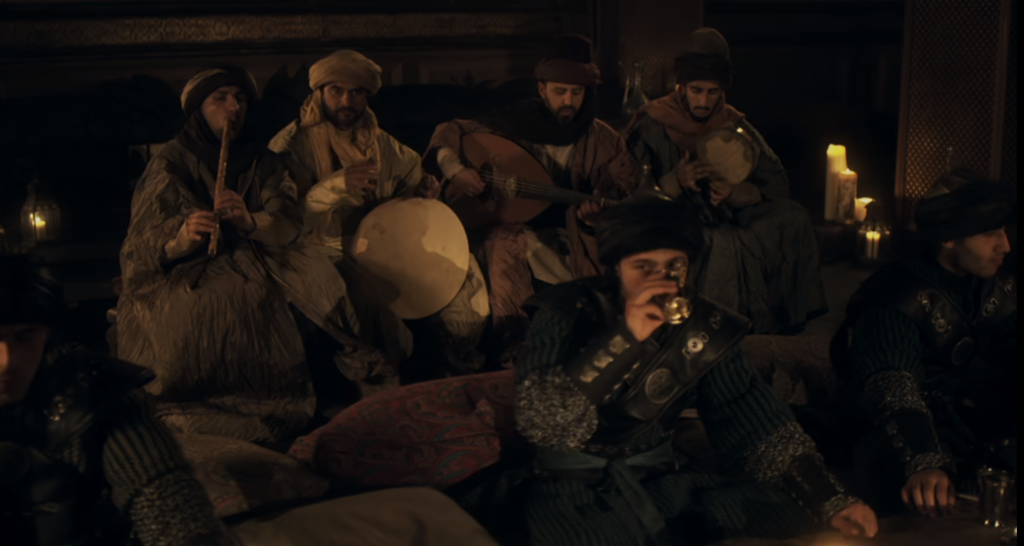


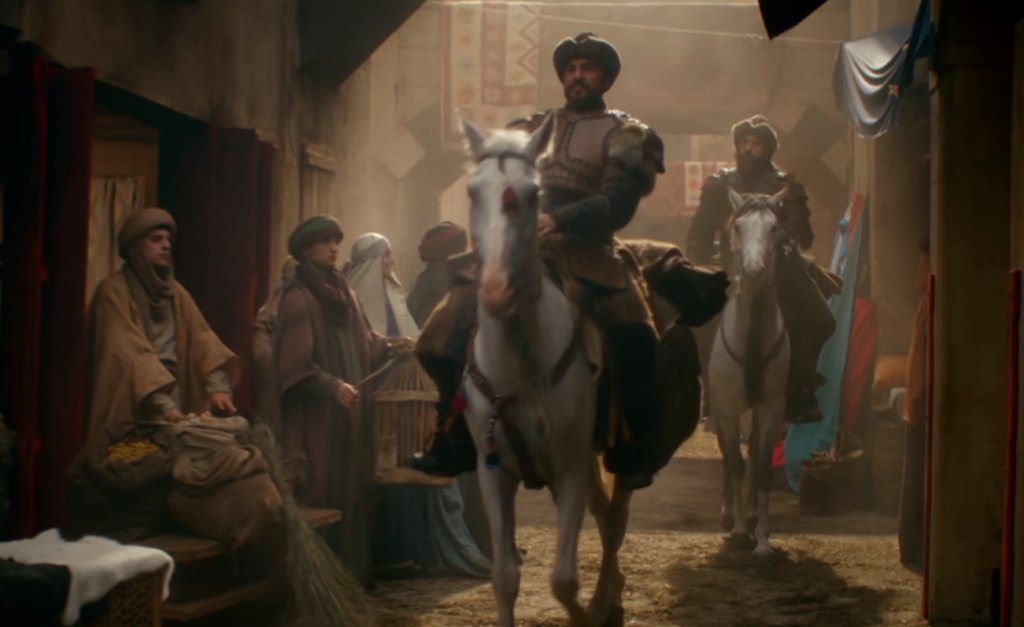
Russian medieval attire:
When medieval Russians dressed both men and women put on a garment called a rubakha first. This was a simple tunic with a high neckline and very long sleeves which they could pull over their hands to protect them from the cold. These were made out of heavy wool or linen. These were worn with a belt in an ancient belief that belts kept evil spirits away from their wearers. They often wore another rubakha over this. Women wore various pieces of clothing over their rubakha. They sometimes wore a shorter tunic called a navershnik over their rubakhas. These might be different colors; the most popular color for clothes in medieval Russia was red because the people loved bright colors. Green and blue were also popular. They often embroidered their clothing with red thread if the garment itself was not red. Women might also wear a panova, which was a skirt of three separate panels of fabric attached to a leather strip, which was used to tie the garment around the waist. Since this skirt opened at the front, it looked rather like a “reverse apron.” Another popular garment, mainly for unmarried girls, was a zapona. This looked much like a tabard except for being narrowly stitched at the sides. Men wore tunics over trousers. The next layer of clothing for both men and women was a coat called a svita. Over the svita a cape or mantle might be worn. It was not uncommon to wear all of these clothes inside as well as when they ventured out into the cold.
The cut and shape of Russian costumes were basically the same for all classes. The main difference between the clothing of the wealthy and the peasants was in the fabric. The peasants wore clothing of rough wool and linen; the wealthy wore brocade, taffeta, and velvet, all made out of silk and imported from either Constantinople or Alexandria. On ceremonial occasions, Russian royalty and nobility wore ornate tunics called dalmatiks. This was originally a Byzantine garment adopted by the Russian rulers in the tenth century. Early on, Russian rulers wanted to unite the country into an Empire and rule it with absolute authority, just like the Byzantine Emperors. These garments were worn over a rubakha and another long tunic. Over the dalmatik they would wear a collar, which they called an ozherelya. Both dalmatiks and ozherelyas were heavily embroidered with pearls and precious stones like diamonds and rubies. Dalmatiks and ozherelyas were so heavy that the people who wore them had to be pulled by a servant when arising from a chair! Over this court garb many wore mantles and coats. Russians of all classes wore fur on their clothing. The peasants might wear sheepskin while the nobility wore more expensive furs like sable and ermine. However, the purpose of clothing for both rich and poor in period Russia was the same: keeping warm!
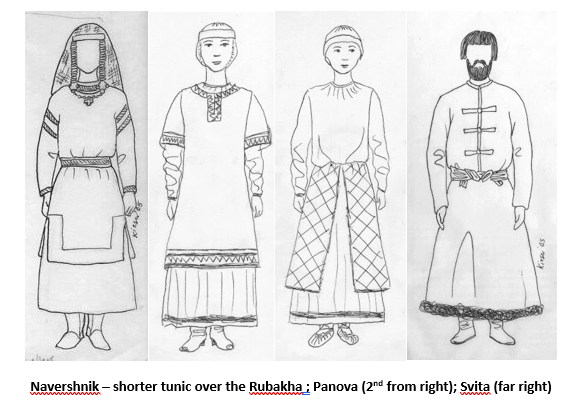
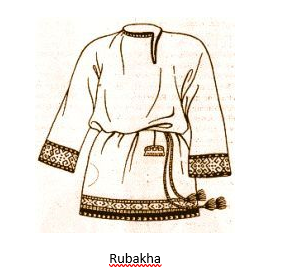
Clothing of the Ottoman Turks
The administrators and the wealthy wore caftans with fur lining and embroidery, whereas the middle class wore ‘cübbe’ (a mid-length robe) and ‘hırka’ (a short robe or tunic), and the poor wore collarless ‘cepken’ or ‘yelek’ (vest).
Headgear was the most potent indicator of male social status. While commoners wear “külah’s” covered with ‘abani’ or ‘Yemeni’, higher-ranking men wear a wide variety of turbans.
Upper-class or royal people in Hyderis wear fur-lined, embroidered kaftans. The middle-class wear cübbe and hırka, a specific style of jacket. The lower class also wear a jacket called cepken or yelek. Bashlyks, a type of hat, are the most important status signifier: kavuk is the most common type, and a tradesmanship was formed due to the significance of bashlyks in the 17th Century.
Women’s everyday wear is şalvar (trousers), a gömlek (chemise) that comes down to the mid-calf or ankle, a short, fitted jacket called a zıbın, and a sash or belt tied at or just below the waist. For formal occasions, such as visiting friends, the woman add an entari or kaftan, a long robe that is cut like the zıbın apart from the length. Both zıbın and kaftan are buttoned to the waist, leaving the skirts open in front. Both garments also have buttons all the way to the throat but are often buttoned only to the underside of the bust, leaving the garments to gape open over the bust. All of these clothes are usually brightly colored and patterned. In public some women cover their clothes with a ferace, a dark, modestly cut robe that buttons all the way to the throat. She also covers her hair and face with a pair of veils. Women also wear head pieces, usually embroidered with bangles hanging in front or all around.
